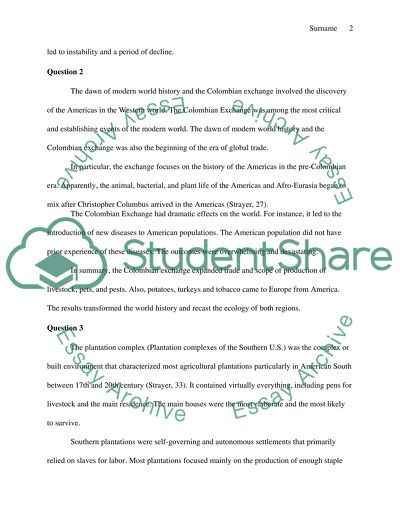Cite this document
(“World history Essay Example | Topics and Well Written Essays - 1500 words - 1”, n.d.)
Retrieved de https://studentshare.org/history/1676431-world-history
Retrieved de https://studentshare.org/history/1676431-world-history
(World History Essay Example | Topics and Well Written Essays - 1500 Words - 1)
https://studentshare.org/history/1676431-world-history.
https://studentshare.org/history/1676431-world-history.
“World History Essay Example | Topics and Well Written Essays - 1500 Words - 1”, n.d. https://studentshare.org/history/1676431-world-history.


